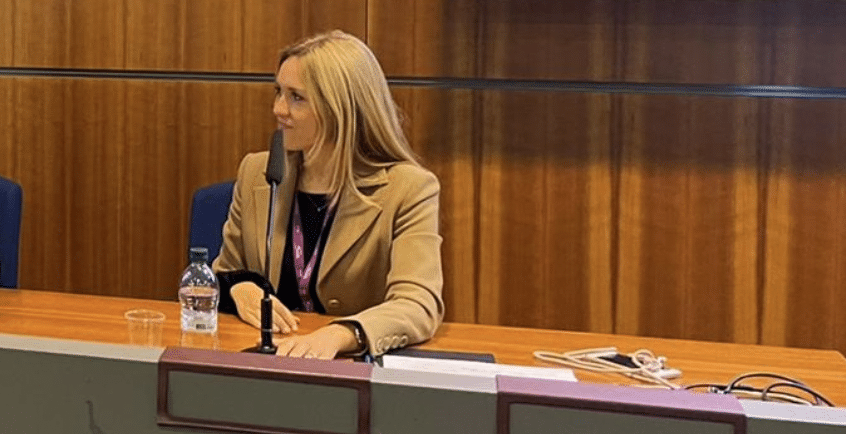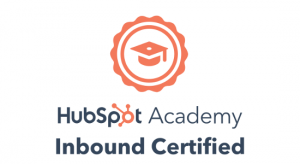
Let’s get to know Shari, Content Marketing Manager at XeniaPro. As Italian-German language professional, she lends her voice to help tourism SMEs, start-ups go global and address their audience through culturally-aware and multilingual communication.
How did you start with Content Marketing and Tourism Localization?
I must say, it was not a linear path. After graduating in Conference Interpreting at the end of 2019, the world stopped due to the pandemic. More and more tourism companies took the time to renew their digital communication. I had the opportunity to take several training courses and had also been working for quite some time for several Saas and SMEs as an interpreter and translator.
This path combines my passion for languages and for tourism, aimed at creating language-accurate and culturally-aware communication. It’s a way to connect voice and writing connected with the very design of the experience.
What do you do at XeniaPro?
I have been working with XeniaPro for almost three years now. I am Content & Localization Marketing Manager, dealing with content strategy in different languages: Italian, English and German.
What is your secret in outlining a Content Marketing project?
Where do you start to design words? What we do at XeniaPro is to write the right content, at the right time, that fits the right person. Because we should always remember that users are people with their own expectations and pain points.
It all starts with a preparatory analysis, a process that brings us in close contact with the tourism company, to get into its logic, get to know the team, and plumb every uniqueness and USPs.
If we want to talk about basic ingredients, secrets for the magic potion of Content Marketing, I would summarize them in three points:
1# Buyer Persona
The Buyer Persona is a fictitious profile that shows the essential traits, needs, desires, behaviors and interests of your typical user. The combination of context and intention that leads us to define who we want to write for. Let me give you an example. We will structure the strategy very differently if we are referring to a B2B user who is looking for new buyers to partner with or if we want to inspire a B2C adventurer to discover Italy instead.
2# Customer Journey
In addition to the Buyer Persona, another key point is the customer journey that allows us to probe all the stages the user takes. This journey is not linear but is full of stops and obstacles, micro-moments that determine the buying experience, as well as awareness. We can map the user’s experience and plan content that goes from awareness, to consideration and decision. The first step is always inspiration.
3# Tone of voice
Another key point in our research is tone of voice. Tone of voice is the ingredient behind a strong verbal identity, and thus a truly emotional brand. And it is important to differentiate brand voice, that is, the personality and values of the company that are consistent regardless of communication channels from tone of voice, that is, how the company decides to moderate its channels in different contexts.
What is the preferred channel you use for Content Marketing?
We call the blog as the King of Content Marketing.
Publishing articles in the blog is an investment. The advantage? Being able to reuse the same content, extending the life of this resource over time.
Speaking of customer journey, the first articles we plan are evergreen content. Some examples of evergreen content might be an interview about how a tourism business was born and its values.
Creating and managing a blog involves resources, time, and specific know-how. It needs regular updating, which is why businesses rely on us to create editorial plans ranging from a minimum of 6 months to a year or more. The editorial content plan for SEO is the document that summarizes your content strategy for the blog in terms of keywords, titles, themes, and campaigns that you want to pursue over a specific time.
The blog is definitely the most versatile channel to link to a content distribution strategy via Newsletter, Social, Product Landing Page, etc.
SEO and Content Marketing: how they match?
Content pursues a very specific goal: it must offer perceivable added value to your target audience. Content must be clear, usable, actionable and consistent. But its value is not perceived if it’s not found.
By SEO – Search Engine Optimization – we mean all strategies that aim to optimize a site content so that it can be read and then shown by search engines. When we write, in addition to following the principles laid out earlier we also do the analysis of the keywords to be used in the text: we brainstorm them, measure them, validate them, and then put them in the content. This is followed by the reporting phase we have for each project to understand which keywords stimulated the traffic we were looking for.
Last question: when does Localization come into play in Content Marketing?
Localization comes into play when we need to adapt an Italian content for a foreign market. Localization must take into account cultural references as well as linguistic ones. It is therefore a step after the process of mere translation and puts in place a “transcreation” of the text, so that it adapts precisely to the various nuances of the target language, geographical area and culture. The keyword research must also be adapted and not merely translated, as well as the target audience and tone of voice.
Thank you for your insights, Shari!

